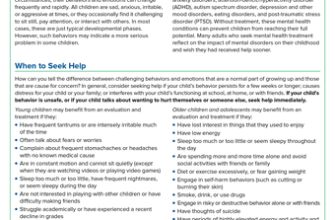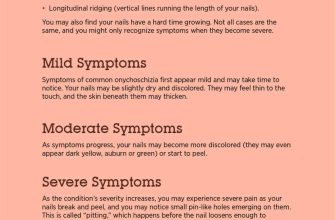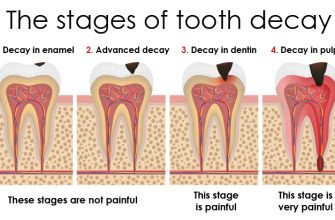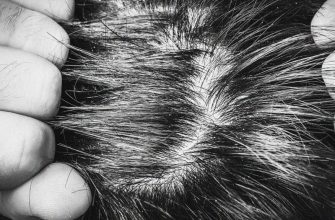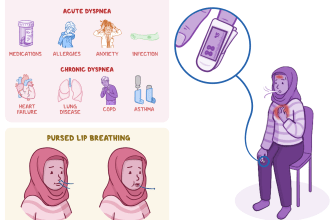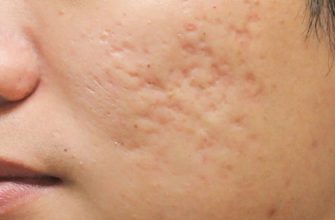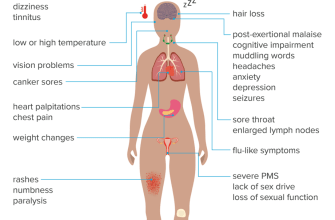Lymphadenopathy refers to the enlargement of lymph nodes, which are small, bean-shaped glands found throughout the body. These glands play a crucial role in the immune system, filtering out harmful substances and producing immune cells. When lymph nodes become swollen, it is often a sign that the body is fighting an infection or disease. Understanding the causes of lymphadenopathy and how to treat it is essential for maintaining overall health and well-being.
Causes of Lymphadenopathy
There are several potential causes of lymphadenopathy, ranging from common infections to more serious underlying conditions. Some of the most common causes include:
- Infections: Swollen lymph nodes are often a response to an infection in the body. Common infections that can cause lymphadenopathy include colds, flu, strep throat, and ear infections.
- Autoimmune diseases: Conditions such as rheumatoid arthritis and lupus can lead to lymph node enlargement as the immune system mistakenly attacks healthy tissues.
- Cancer: Lymphoma, leukemia, and other types of cancer can cause lymphadenopathy. In these cases, the swollen lymph nodes may be painless and persist for an extended period.
- Medications: Certain medications, such as those used to treat seizures or prevent organ rejection after transplantation, can cause lymph node enlargement as a side effect.
- Immune system disorders: Disorders that affect the immune system, such as HIV/AIDS, can lead to lymphadenopathy as the immune system becomes compromised.
Lymphadenopathy Symptoms
The symptoms of lymphadenopathy can vary depending on the underlying cause. In many cases, swollen lymph nodes are the primary symptom. However, other accompanying symptoms may include:
- Tenderness or pain in the affected lymph nodes
- Redness or warmth around the swollen area
- Fever or chills
- Night sweats
- Unexplained weight loss
- Fatigue or weakness
Lymphadenopathy Diagnosis
When experiencing swollen lymph nodes, it is important to seek medical attention for a proper diagnosis. A healthcare professional will typically begin by conducting a physical examination and asking about the individual’s medical history and symptoms. Additional diagnostic tests may include:
- Blood tests: These tests can help identify any underlying infections or abnormalities in the blood.
- Imaging tests: X-rays, ultrasounds, or CT scans may be used to get a closer look at the lymph nodes and surrounding tissues.
- Biopsy: In some cases, a small sample of the swollen lymph node may be removed for further examination under a microscope.
Lymphadenopathy in Children
Lymphadenopathy can occur in individuals of all ages, including children. In children, the most common cause of swollen lymph nodes is an infection, such as a cold or ear infection. However, it is essential to monitor the child’s symptoms and seek medical attention if the swelling persists, is accompanied by other concerning symptoms, or if there is no apparent infection.
Lymphadenopathy in Adults
In adults, lymphadenopathy can be caused by a wide range of factors, including infections, autoimmune diseases, and cancer. It is crucial for adults to pay attention to any persistent or unexplained swelling of the lymph nodes and consult a healthcare professional for further evaluation.
Lymphadenopathy Treatment
The treatment for lymphadenopathy depends on the underlying cause. In many cases, addressing the primary condition or infection will lead to a reduction in lymph node swelling. Treatment options may include:
- Antibiotics: If the swollen lymph nodes are caused by a bacterial infection, antibiotics may be prescribed to help clear the infection.
- Antiviral medications: In the case of viral infections, antiviral medications may be recommended to alleviate symptoms and promote healing.
- Anti-inflammatory drugs: Nonsteroidal anti-inflammatory drugs (NSAIDs) can help reduce pain and inflammation associated with swollen lymph nodes.
- Immune system support: In cases where lymphadenopathy is caused by an autoimmune disease or immune system disorder, treatment may involve medications to suppress the immune response and manage symptoms.
- Cancer treatment: If lymphadenopathy is a result of cancer, treatment options will depend on the specific type and stage of cancer and may include chemotherapy, radiation therapy, or surgery.
It is important to note that self-diagnosis and self-treatment are not recommended when dealing with lymphadenopathy. Consulting a healthcare professional is crucial for an accurate diagnosis and appropriate treatment plan.
In conclusion, lymphadenopathy can be caused by various factors, including infections, autoimmune diseases, and cancer. Recognizing the symptoms and seeking medical attention for a proper diagnosis is essential. Treatment options will depend on the underlying cause, and it is crucial to follow the guidance of healthcare professionals. By understanding the causes and seeking appropriate treatment, individuals can effectively manage lymphadenopathy and promote overall health and well-being.

